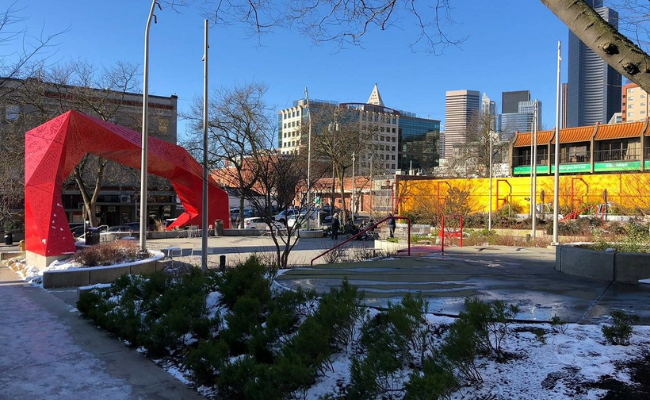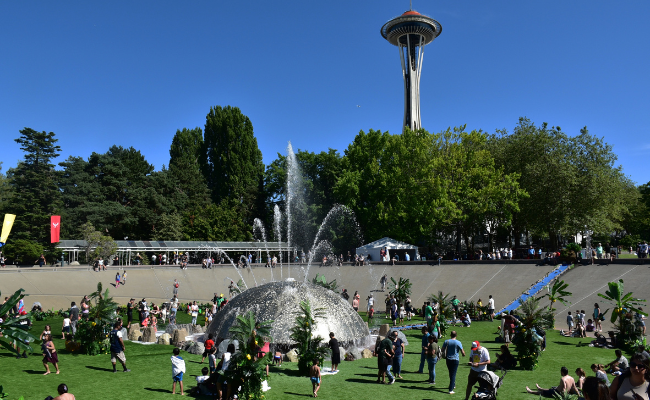Seattle Neighborhood Faces Risk as ‘Most Endangered’ Historic Place
A once dynamic and culturally diverse Seattle neighborhood is now facing challenges. Recently added to the “Most Endangered” historic places by the National Trust for Historic Preservation, the Chinatown International District struggles to save its unique identity.
The historically rich neighborhood is coping with disputes over new transit proposals, previous infrastructure projects, and the city’s fentanyl problems.
This designation is the first in Washington. The once vibrant neighborhood is a distinct melting pot with Chinese, Filipino, Japanese, Vietnamese, and African American residents.
As the community heads towards more challenges, political decisions with Sound Transit will affect the place’s future. The construction and location of a light-rail proposal could negatively affect residents with blocked sidewalks, noise, more traffic, and dust for the following years.
What are the potential consequences of being on the “Most Endangered” list?

Photo Credit: flickr.com
It is unfortunate that modernization usually comes with a price. Some consequences of being on the list may include weakening the community’s identity and the risk of losing critical historical sites.
There’s also the possibility of reducing cultural heritage. These potential impacts would come from factors such as development pressures, lack of local protection, and neglect. Thus, it can threaten the preservation of the historical sites.
You may also like: A fifth of world’s reptile species deemed threatened with extinction
According to The Seattle Times, the state and national trust officers will meet at Hing Hay Park today to announce the historic district’s bittersweet fate.
Chief Preservation Officer for the National Trust for Historic Preservation, Katherine Malone-France, acknowledged the neighborhood as “an extraordinary place of cultural exchange and resiliency.”
Furthermore, according to Huy Pham, Preservation Programs Director at the Washington Trust for Historic Preservation, this year, Pihiladelphia’s Chinatown was also included on the list.
However, its designation does not qualify it for legal, financial, or political aid. It only serves as a public advocacy mechanism.
Of the 83 identified Chinatowns across the US, less than half still exist. Seattle’s district is home to more than 50 restaurants and 3,500 settlers. There are 56% of English speakers as a secondary language, 72% of people of color, and 20% of citizens 65 years old and older.
Sound Transit’s Upcoming Decision

Photo Credit: gamedeveloper.com
By next year, Sound Transit’s governing committee will finalize its decision on a new station location in the 2030s. This new transportation will connect Ballard and Seattle Center via a tunnel.
A 2016 ballot measured this proposal of Union Station as a central hub for 60,000 commuters using different modes of transportation.
However, in March, the board voted to favor an alternative plan. This plan by Mayor Bruce Harrell and King County Executive Dow Constantine will shift the hub to Pioneer Square.
It will include building a high-rise “civic center” and a new station south of C-ID. Harrell believes this plan will reduce the harm to the beloved neighborhood. In addition, Transit Equity for All is the organizer for today’s event.
It supports a Fourth Avenue South location between King Street and Union stations. The plan will oppose a further extensive Avenue South version. Member Betty Lau argued that Union Station would give “access not only for the C-ID but for the whole city.”
Another group in the community proposes that the project be designated farther from Pioneer Square. They are stating concerns about the possible displacement in the C-ID.

